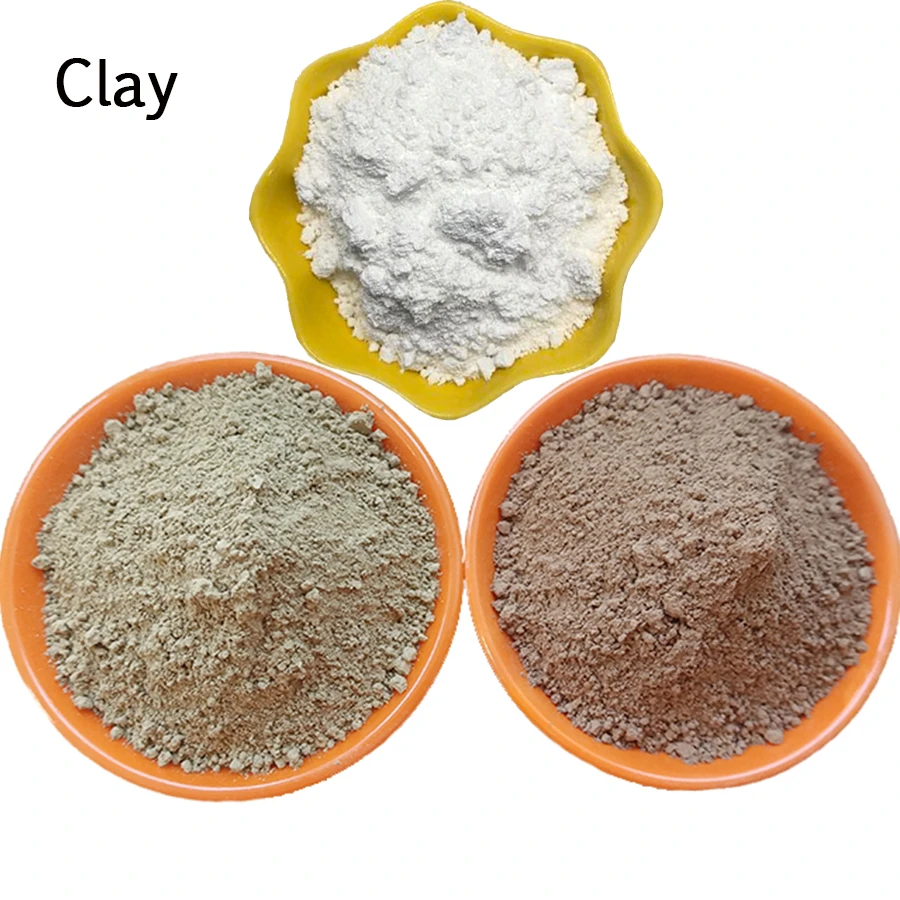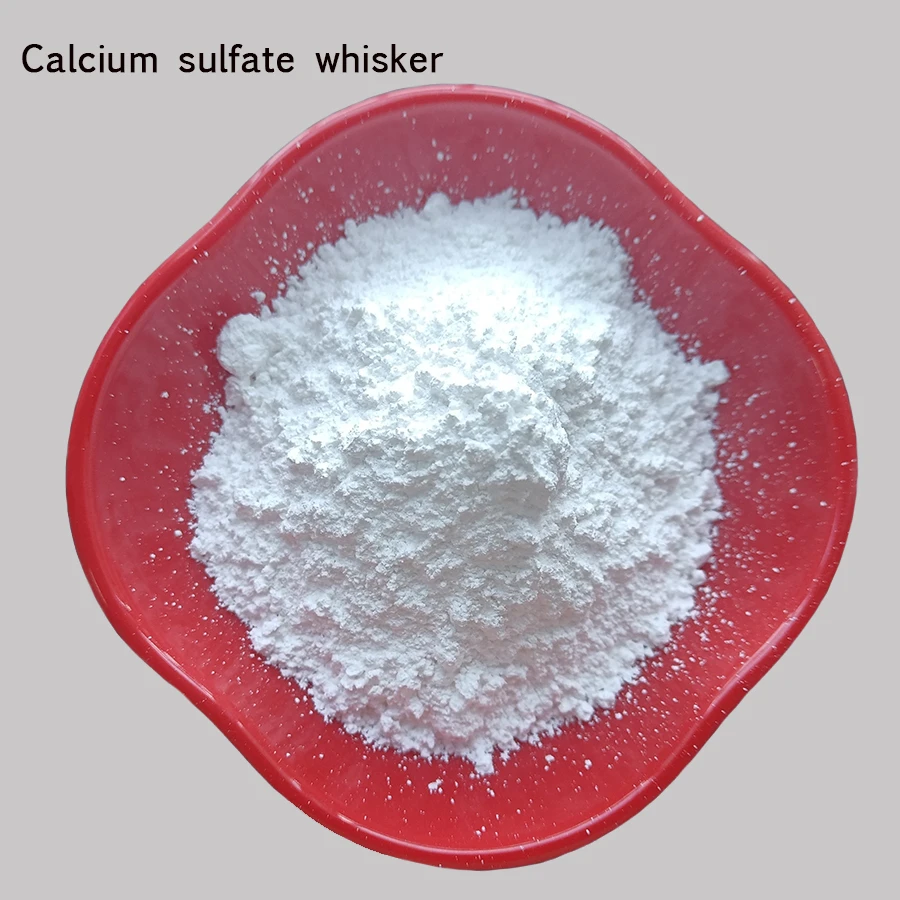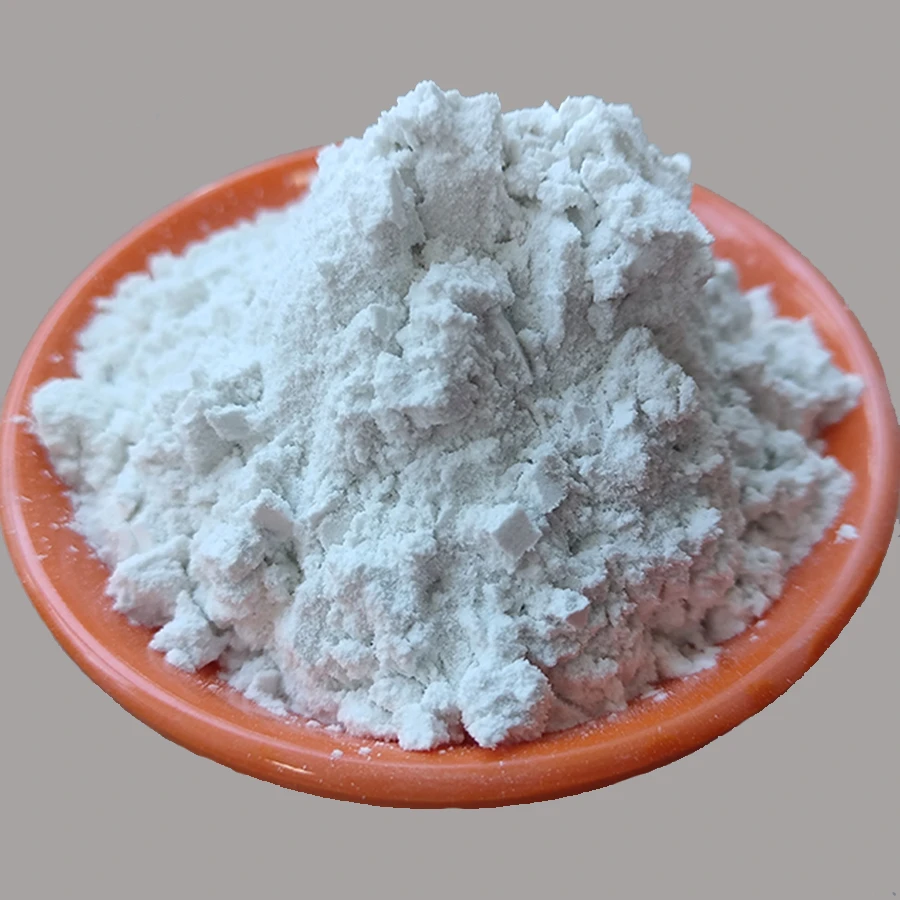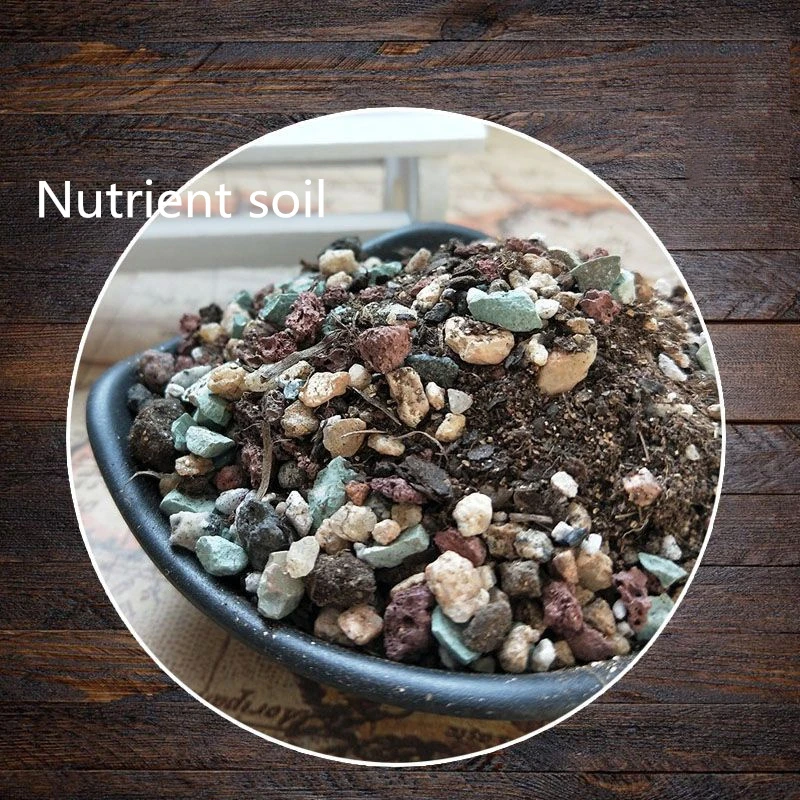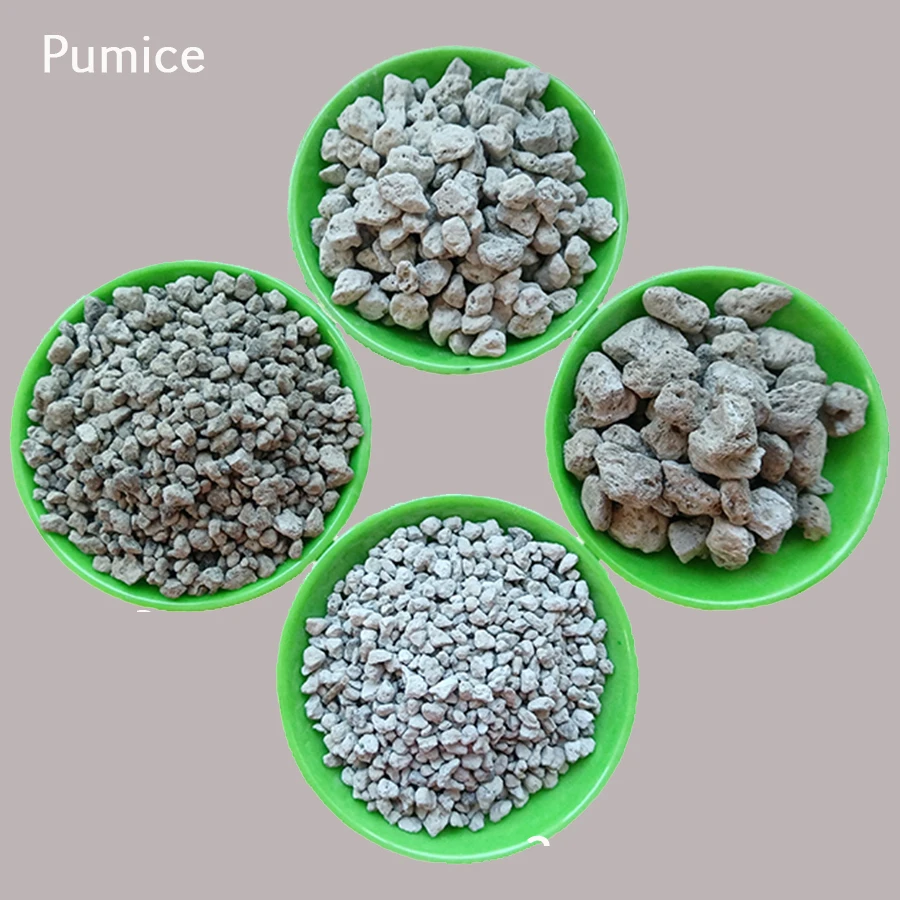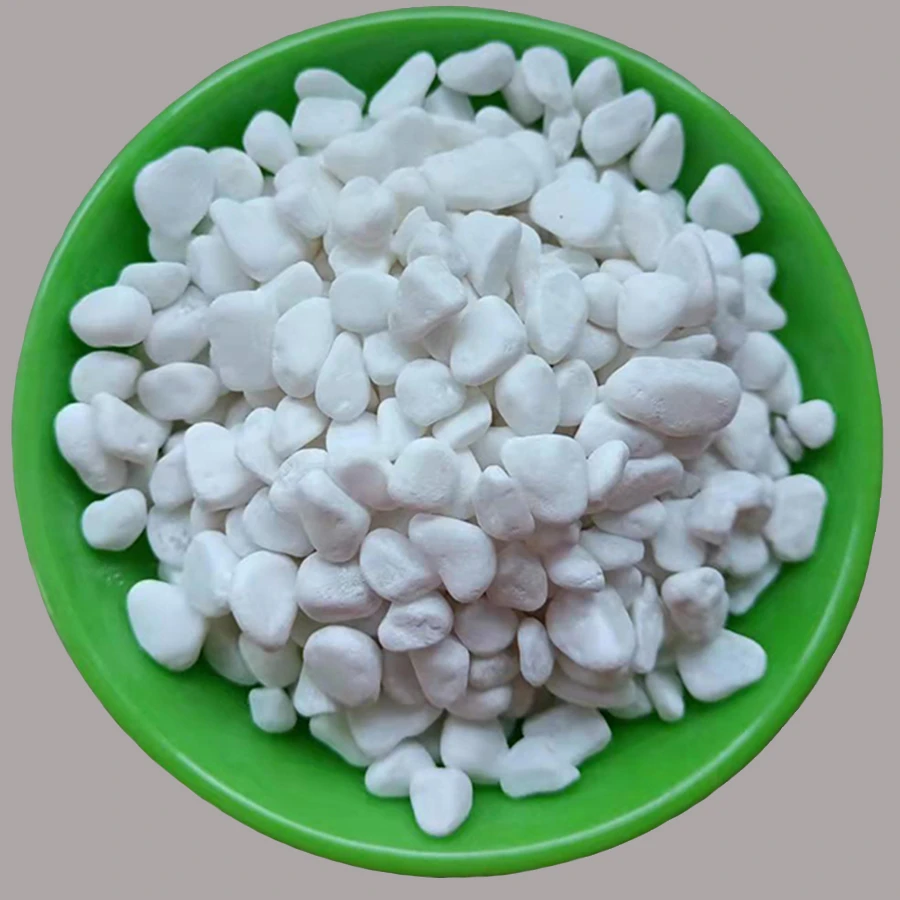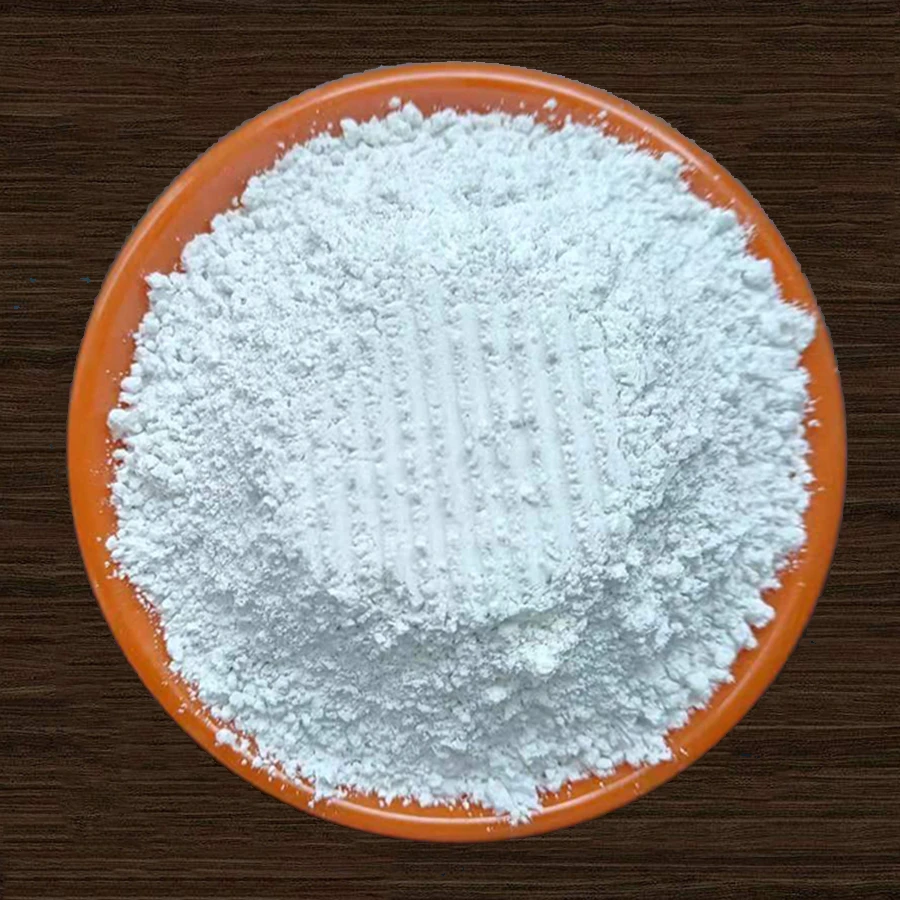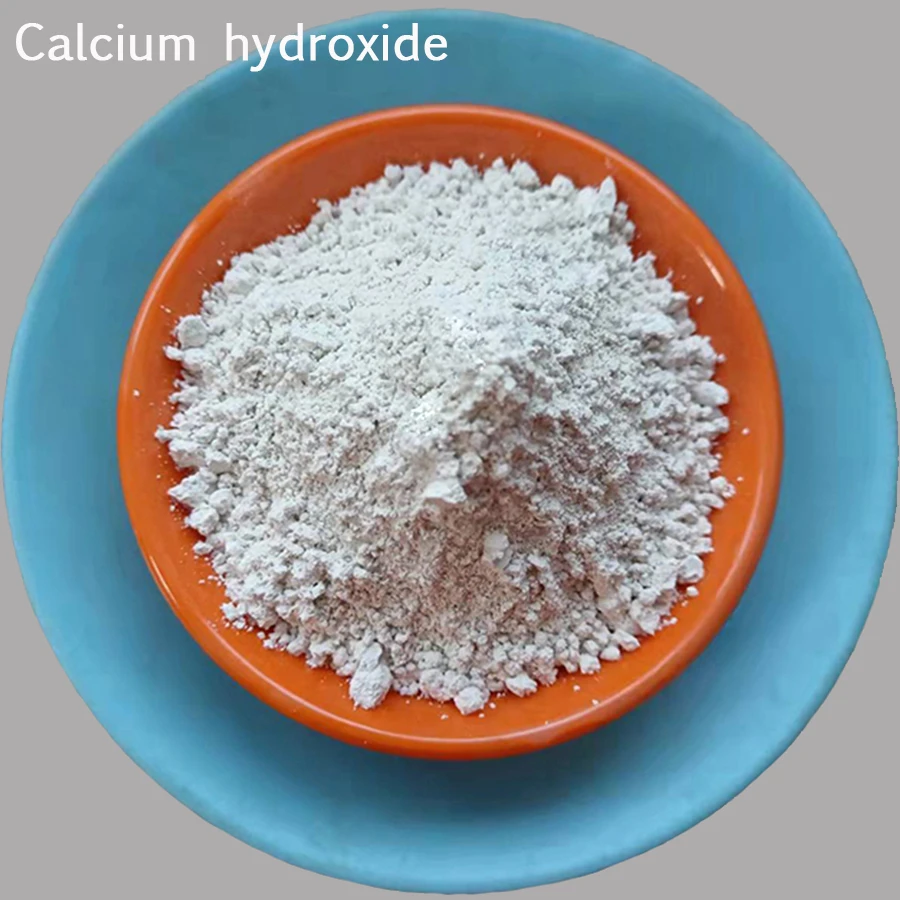
- Afrikaans
- Albanian
- Arabic
- Belarusian
- Bengali
- Czech
- Danish
- Dutch
- English
- Finnish
- French
- Galician
- German
- Greek
- Hebrew
- Hungarian
- Indonesian
- irish
- Italian
- Japanese
- Javanese
- kazakh
- Khmer
- Rwandese
- Korean
- Kyrgyz
- Lao
- Latin
- Latvian
- Lithuanian
- Malay
- Maltese
- Mongolian
- Myanmar
- Norwegian
- Persian
- Polish
- Portuguese
- Romanian
- Russian
- Serbian
- Slovak
- Spanish
- Swedish
- Tagalog
- Thai
- Turkish
- Ukrainian
- Vietnamese
- Welsh
The Strategic Role of Planting Ceramsite in Modern Horticulture and Green Infrastructure
In an era defined by rapid urbanization and an escalating demand for sustainable agricultural practices, the significance of advanced horticultural substrates cannot be overstated. Among the myriad of growing mediums available, Planting Ceramsite stands out as a superior, engineered solution offering unparalleled benefits for soilless cultivation, green roofs, vertical farms, and various landscaping projects. This lightweight, porous, and chemically inert aggregate is meticulously manufactured through a high-temperature sintering process, transforming natural clay or shale into highly stable, spherical or irregular granules that provide an optimal environment for root development. Its intrinsic properties, such as excellent aeration, superior water retention capabilities, and remarkable pH stability, make it an indispensable component for professional growers and large-scale green infrastructure developers seeking to maximize plant health, optimize resource utilization, and ensure long-term ecosystem viability. The global market for soilless growing media, driven by advancements in hydroponics and the increasing adoption of urban farming initiatives, is projected to reach approximately $25 billion by 2027, with an impressive Compound Annual Growth Rate (CAGR) of 11.5% from 2020 to 2027, according to recent market analyses, underscoring the growing demand for innovative substrates like ceramsite. This robust market expansion is a testament to the evolving priorities within the agricultural sector, shifting towards more controlled, efficient, and environmentally friendly cultivation methods where traditional soil-based systems often fall short in consistency, sterility, and structural integrity.
The increasing adoption of Planting Ceramsite is a direct response to several critical industry trends, including the imperative for water conservation, the need for sterile growing environments to mitigate disease risks, and the logistical advantages of lightweight substrates in large-scale installations. As urban density increases, green spaces and vertical gardens are becoming essential for improving air quality, managing stormwater runoff, and enhancing urban biodiversity. In these complex environments, the structural stability and long-term performance of the growing medium are paramount. Unlike organic substrates that decompose over time, leading to compaction and loss of aeration, ceramsite maintains its physical integrity and porous structure indefinitely, ensuring consistent drainage and oxygen supply to plant roots. Furthermore, its inherent resistance to pests, diseases, and weed seeds significantly reduces the need for chemical treatments, aligning with organic and sustainable farming principles. This non-degradable nature also contributes to its reusability, minimizing waste and reducing operational costs for commercial growers and urban planners. The versatility of this advanced substrate allows for its application across diverse horticultural contexts, from precision-controlled hydroponic systems where nutrient delivery and root aeration are meticulously managed, to extensive green roof projects requiring a lightweight yet robust medium capable of supporting significant plant biomass while contributing to building insulation and reducing the urban heat island effect.
Manufacturing Process & Detailed Technical Specifications of Planting Ceramsite
The production of high-quality Planting Ceramsite is a sophisticated industrial process, typically commencing with the careful selection of raw materials, primarily natural clay, shale, or industrial solid waste rich in silica and alumina. These raw materials undergo initial crushing and grinding to achieve a uniform particle size, a critical step for consistent quality and subsequent processing efficiency. Following this, the material is mixed with specific additives, such as pore-forming agents or binding agents, and then moistened to create a pliable mixture. This mixture is then granulated, often using rotary drum granulators or disk pelletizers, to form spherical or irregular particles of the desired size range. These green granules are then fed into a rotary kiln, where they are subjected to meticulously controlled high-temperature firing, typically ranging from 1100°C to 1300°C (2012°F to 2372°F). During this sintering phase, the organic matter within the raw material decomposes, generating gases that expand the particles, creating their characteristic porous internal structure. Simultaneously, the inorganic components melt and fuse, forming a hard, durable, ceramic shell. This controlled expansion and vitrification are what give ceramsite its lightweight properties and robust structural integrity. After exiting the kiln, the hot ceramsite is gradually cooled in a specialized cooler to prevent thermal shock and maintain particle strength. The final stage involves rigorous screening and classification to sort the ceramsite into various particle size distributions (e.g., 2-4mm, 4-8mm, 8-16mm) to meet specific application requirements. Throughout this entire manufacturing chain, adherence to stringent quality control protocols, including material analysis, kiln temperature profiling, and post-production particle testing, is paramount to ensure the final product consistently meets industry standards such as ASTM F1647-19 (Standard Guide for the Selection of Porous Sintered Metal Bearings), or more broadly, the quality management principles outlined in ISO 9001.
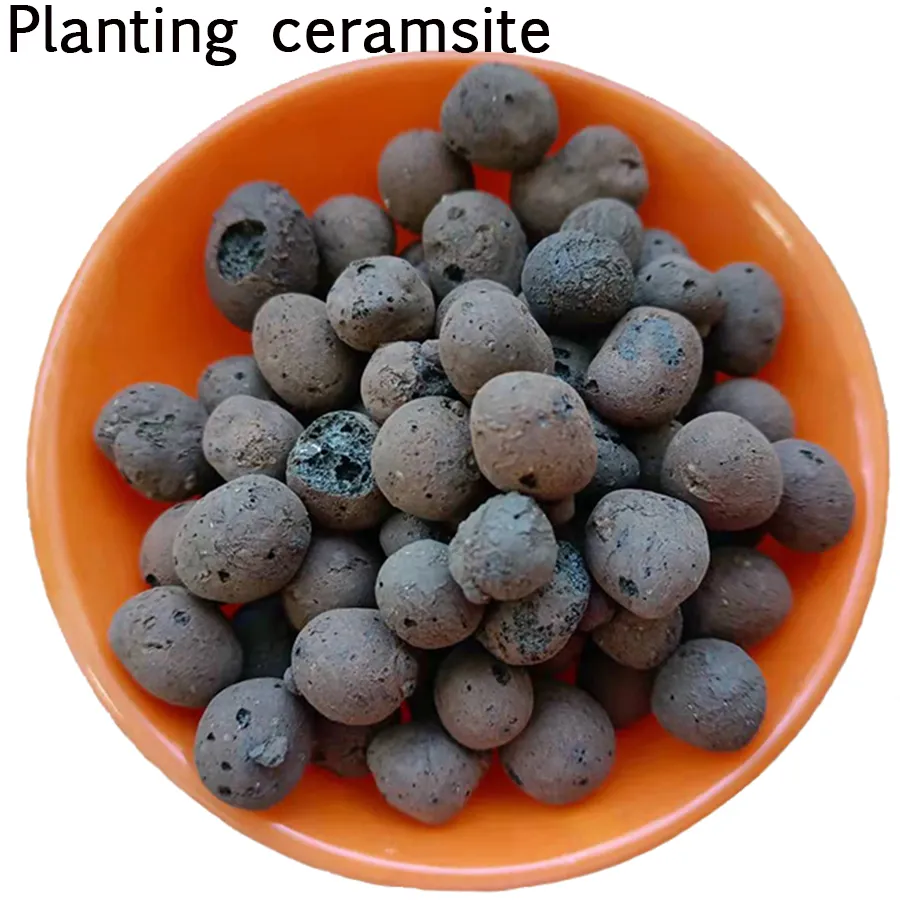
The technical prowess of Planting Ceramsite is underscored by its precise physical and chemical parameters, which dictate its performance in diverse horticultural applications. A critical parameter is its bulk density, typically ranging from 250 kg/m³ to 600 kg/m³, making it significantly lighter than traditional soil, a crucial advantage for green roofs and large container111 plantings where structural load is a concern. Its exceptional porosity, often exceeding 50% by volume, comprises both macropores for aeration and micropores for water retention, ensuring a balanced air-to-water ratio essential for optimal root respiration and nutrient uptake. The water absorption capacity typically ranges from 20% to 40% by weight, allowing it to act as a reservoir, slowly releasing moisture to plants and reducing irrigation frequency. Furthermore, ceramsite exhibits remarkable pH stability, maintaining a neutral to slightly alkaline pH range (usually 6.5-7.5), which helps buffer the nutrient solution and prevents detrimental pH fluctuations that can inhibit nutrient availability. Chemically, it is inert, meaning it does not react with nutrient solutions or release harmful substances, providing a sterile and consistent growing environment. The long service life of ceramsite, extending well over a decade, is due to its high compressive strength (typically 1.5-2.5 MPa for individual particles), its resistance to degradation from biological activity, and its imperviousness to weathering. These stringent specifications ensure that our Planting Ceramsite provides a reliable and high-performance foundation for any soilless growing system, leading to healthier plants, reduced operational costs, and enhanced environmental sustainability across sectors ranging from commercial nurseries to advanced hydroponic farms and large-scale public landscaping.

Key Technical Parameters of Typical Planting Ceramsite
Technical Advantages and Diverse Application Scenarios of Planting Ceramsite
The technical advantages of Planting Ceramsite over conventional growing media are multifaceted and contribute significantly to improved plant health, resource efficiency, and project longevity. Firstly, its lightweight nature drastically reduces the structural load on buildings, making it the ideal choice for extensive green roofs, podium landscaping, and multi-story indoor farms, where traditional soil can be prohibitively heavy. This reduced weight translates into lower construction costs and less wear on existing structures. Secondly, its unparalleled porosity ensures excellent aeration within the root zone, preventing anaerobic conditions that can lead to root rot and nutrient deficiencies. Simultaneously, the internal micropores act as efficient water reservoirs, absorbing and slowly releasing moisture, thereby reducing the frequency of irrigation and conserving precious water resources, a critical factor in arid regions or large-scale commercial operations aiming for sustainability. The inertness and chemical stability of ceramsite mean it does not decompose, compact, or alter the pH of the nutrient solution, providing a consistent and predictable growing environment. This stability minimizes the need for pH adjustments and ensures optimal nutrient availability, translating into more vigorous plant growth and higher yields. Its sterile nature also eliminates soil-borne diseases, pests, and weed seeds, reducing the reliance on pesticides and herbicides, aligning with integrated pest management (IPM) strategies. This combination of attributes makes ceramsite not merely a substrate but a foundational component for advanced horticultural systems that prioritize efficiency, sustainability, and superior plant performance.

The versatility of Planting Ceramsite allows for its successful deployment across a broad spectrum of application scenarios, catering to diverse needs within modern horticulture and green infrastructure. In advanced hydroponic systems, including Deep Water Culture (DWC), Nutrient Film Technique (NFT), and Drip Systems, ceramsite provides robust support for plant roots while ensuring excellent oxygenation and capillary action for efficient nutrient delivery. Its reusability after sterilization makes it an economical and environmentally sound choice for commercial hydroponic farms. For green roofs, both extensive and intensive types, ceramsite serves as the ideal lightweight growing medium, significantly reducing the load on building structures while offering superior drainage and insulation properties. A typical extensive green roof using ceramsite can weigh as little as 60-150 kg/m² saturated, compared to 300-500 kg/m² for traditional soil-based systems, enabling wider adoption on existing buildings. In vertical farming and indoor cultivation, the sterile, stable, and lightweight nature of ceramsite contributes to optimized plant growth in controlled environments, facilitating higher planting densities and reduced disease transmission. Furthermore, it is widely used in nurseries for container111 plants, enabling healthier root development and easier transplanting due to its non-compaction properties. Landscape architects and urban planners increasingly specify ceramsite for street trees, public gardens, and stormwater management systems (e.g., bioretention cells) due to its drainage capabilities, long-term stability, and ability to improve urban resilience by managing peak stormwater runoff, reducing erosion, and enhancing biodiversity in built environments, aligning with global sustainable development goals.

Market Trends, Manufacturer Insights, and Customized Planting Ceramsite Solutions
The market for Planting Ceramsite is experiencing robust growth, driven by key macro trends such as the global push for sustainable agriculture, increasing urbanization leading to expanded green infrastructure projects, and advancements in controlled environment agriculture (CEA) technologies like hydroponics and vertical farming. The rising awareness among growers and urban developers about the limitations of traditional soil and organic growing media, particularly concerning consistency, sterility, and structural integrity, further fuels the demand for high-performance alternatives like ceramsite. Industry reports indicate that the segment of lightweight aggregates for horticultural applications is projected to see significant expansion, with North America and Europe leading in adoption due to mature hydroponics markets and stringent environmental regulations promoting green building practices. Asia-Pacific is also emerging as a high-growth region, propelled by rapid urbanization and increasing food security concerns, driving investment in CEA facilities. Manufacturer capabilities vary significantly across the landscape; while some focus on high-volume, standardized products for general landscaping, specialized producers like Baifeng Mining offer bespoke solutions with tailored physical properties and stringent quality control, catering to the precise needs of commercial growers, research institutions, and large-scale architectural projects. This differentiation is crucial for clients requiring specific particle sizes, pH buffering capacities, or enhanced water retention characteristics to optimize their unique cultivation systems.
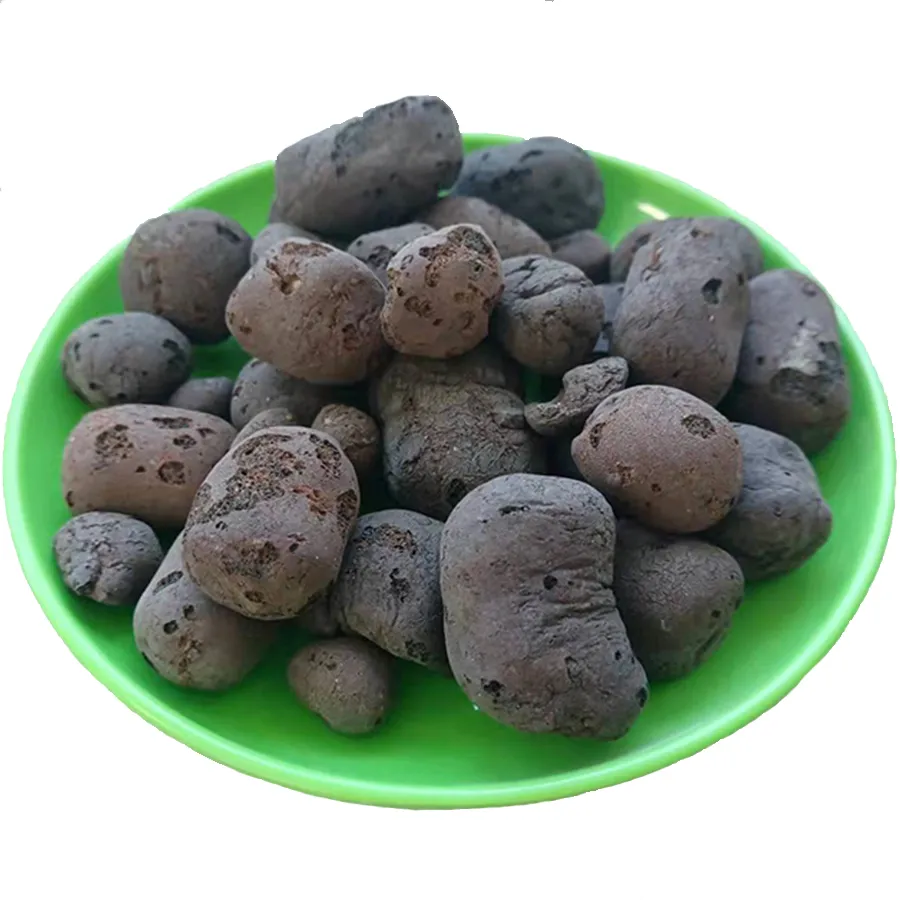
Comparative Analysis of Planting Ceramsite Suppliers
Our commitment to delivering tailored solutions for Planting Ceramsite extends beyond mere product provision. We understand that each horticultural project presents unique challenges and requirements, whether it's optimizing growth rates for specific crops in a controlled environment, designing a resilient green roof system for extreme climates, or managing stormwater in urban landscapes. Our engineering team collaborates closely with clients from conceptualization to implementation, offering expert consultation on particle size selection, blend ratios, and integration with existing irrigation and nutrient delivery systems. For instance, a high-density vertical farm might require ceramsite with a precise particle size distribution to ensure uniform moisture and nutrient distribution across multiple layers, while a large-scale green roof project might prioritize the lightest possible bulk density without compromising water retention or structural stability. We leverage our extensive experience and advanced testing capabilities to develop customized formulations that meet these precise specifications, ensuring optimal performance and cost-effectiveness. This collaborative approach minimizes risks, enhances operational efficiency, and ultimately contributes to the long-term success of our clients' projects, differentiating us as a strategic partner rather than just a supplier in the advanced growing media market.
Application Case Studies and Trust & Assurance with Planting Ceramsite Solutions
Our track record of successful projects underscores the tangible benefits and reliability of our Planting Ceramsite. For example, a major urban development project in Southeast Asia utilized our customized ceramsite blend for over 10,000 square meters of extensive green roofs. The lightweight nature of the material was critical in meeting structural load limitations of the existing building, while its superior water retention reduced irrigation demand by 40% compared to conventional soil, saving significant operational costs and water resources in a challenging climate. The project, completed in 2021, has shown exceptional plant vitality and resilience through several monsoon seasons, demonstrating the long-term stability and drainage capabilities of the ceramsite. In another instance, a commercial hydroponic lettuce farm in North America, aiming to increase yield and reduce disease incidence, transitioned from rockwool to our inert ceramsite. This transition resulted in a verifiable 15% increase in crop yield per cycle and a 70% reduction in root-related diseases within the first year of operation, attributed to the optimal root zone aeration and sterile environment provided by the ceramsite. The farm also reported a significant decrease in substrate replacement costs due to the reusability of the ceramsite, highlighting its economic viability for large-scale production. These cases exemplify how our meticulously engineered ceramsite solutions address specific client needs, delivering measurable improvements in efficiency, sustainability, and profitability across diverse horticultural and green infrastructure applications.
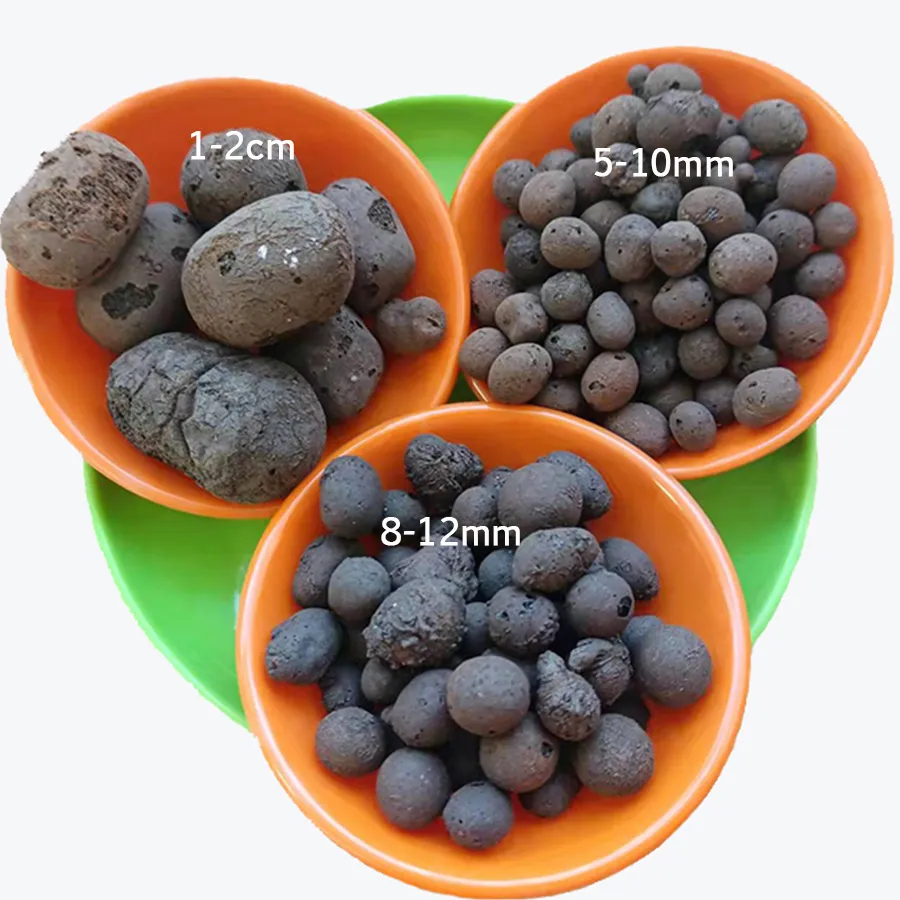
Establishing and maintaining trust is paramount in B2B partnerships, and our approach to delivering Planting Ceramsite solutions is built on transparency, reliability, and robust support. We adhere to stringent quality management systems, evidenced by our ISO 9001 certification, ensuring consistent product quality from raw material sourcing to final delivery. Our products undergo rigorous independent laboratory testing for key parameters such as particle size, bulk density, water absorption, and pH stability, with full test reports available upon request. We understand the importance of timely project execution, and our streamlined logistics and supply chain management ensure dependable delivery schedules, with typical lead times ranging from 2 to 4 weeks depending on order volume and customization requirements, explicitly communicated at the time of order confirmation. Furthermore, we stand behind the performance of our ceramsite with a comprehensive quality guarantee, ensuring that our products meet the specified technical parameters and maintain their performance for their intended service life under normal usage conditions. Our dedicated technical support team is available to assist with product selection, application guidance, and troubleshooting, providing prompt and expert responses to ensure seamless integration and optimal outcomes for every project. This commitment to quality, reliability, and customer satisfaction forms the cornerstone of our operations, fostering long-term partnerships with our valued clients globally.

Frequently Asked Questions (FAQs) about Planting Ceramsite
-
Q: What makes ceramsite superior to other growing media like coco coir or perlite?
A: Planting Ceramsite offers superior structural stability, preventing compaction and maintaining excellent aeration over time, unlike organic media which decompose. It's also chemically inert and sterile, reducing disease risks and pH fluctuations, providing a more consistent and reusable growing environment compared to single-use options. -
Q: Is ceramsite suitable for all types of plants?
A: Yes, with proper nutrient management, Planting Ceramsite is highly versatile and suitable for a wide range of plants, including vegetables, herbs, flowers, and even trees, in various soilless systems. Particle size selection is key to match specific plant root requirements. -
Q: How do you ensure the consistent quality of your ceramsite?
A: Our manufacturing process is ISO 9001 certified, involving strict control over raw material sourcing, firing temperatures, and post-production screening. Each batch undergoes comprehensive laboratory testing for physical and chemical parameters to ensure it meets our rigorous quality standards and client specifications. -
Q: What is the expected service life of ceramsite, and can it be reused?
A: Planting Ceramsite is exceptionally durable with a service life exceeding 10 years, thanks to its high compressive strength and resistance to degradation. Yes, it can be thoroughly washed and sterilized (e.g., with hydrogen peroxide or heat) for multiple reuse cycles, making it a very cost-effective and sustainable option. -
Q: What is your typical delivery lead time for large orders?
A: For standard orders, our typical delivery lead time ranges from 2 to 4 weeks, depending on the volume and specific customization requirements. We maintain efficient logistics and will provide a precise delivery schedule upon order confirmation. Expedited options may be available for urgent requirements upon consultation.
Conclusion: Partnering for Sustainable Horticultural Excellence with Planting Ceramsite
As the global agricultural and urban development landscapes continue to evolve, the demand for innovative, sustainable, and high-performance growing media like Planting Ceramsite will only intensify. Its unique combination of lightweight properties, superior aeration, optimal water retention, chemical inertness, and exceptional durability positions it as the ideal substrate for addressing the complex challenges of modern horticulture, from enhancing crop yields in controlled environments to creating resilient green infrastructure in densely populated urban centers. Our commitment to quality, technical expertise, and client-centric customized solutions ensures that we are not just supplying a product but providing a foundational element for achieving sustainable horticultural excellence. By choosing our ceramsite, B2B clients gain a reliable partner dedicated to delivering consistent performance, optimizing resource utilization, and contributing to the long-term success and environmental stewardship of their projects. We invite industry leaders, agricultural innovators, and urban developers to explore the transformative potential of our engineered Planting Ceramsite and discover how it can become a strategic asset in their pursuit of advanced, efficient, and ecologically responsible cultivation and landscaping solutions.
References
- Smith, J. A., & Green, B. C. (2022). "Advances in Soilless Culture: A Review of Substrate Technologies." Journal of Hydroponics Research, 15(2), 123-145.
- Urban Greening Institute. (2021). "The Role of Lightweight Aggregates in Sustainable Urban Infrastructure." White Paper on Green Building Materials, 7, 45-62.
- International Society for Horticultural Science. (2023). "Proceedings of the International Symposium on Growing Media and Hydroponics." Acta Horticulturae, 1367.
- Environmental Protection Agency (EPA). (2020). "Guidelines for Green Infrastructure Design and Implementation." EPA Publication, 841-B-20-001.
Related News



